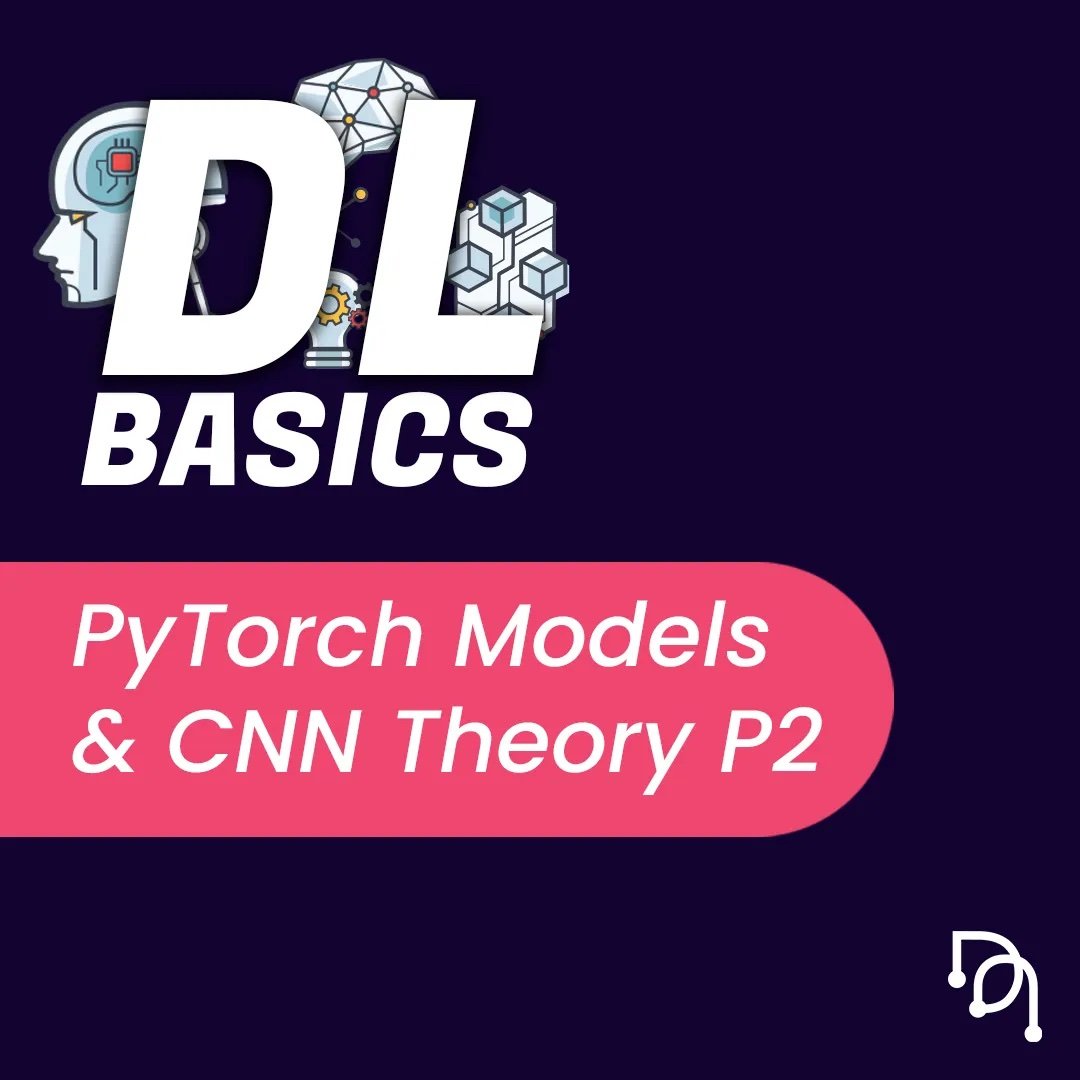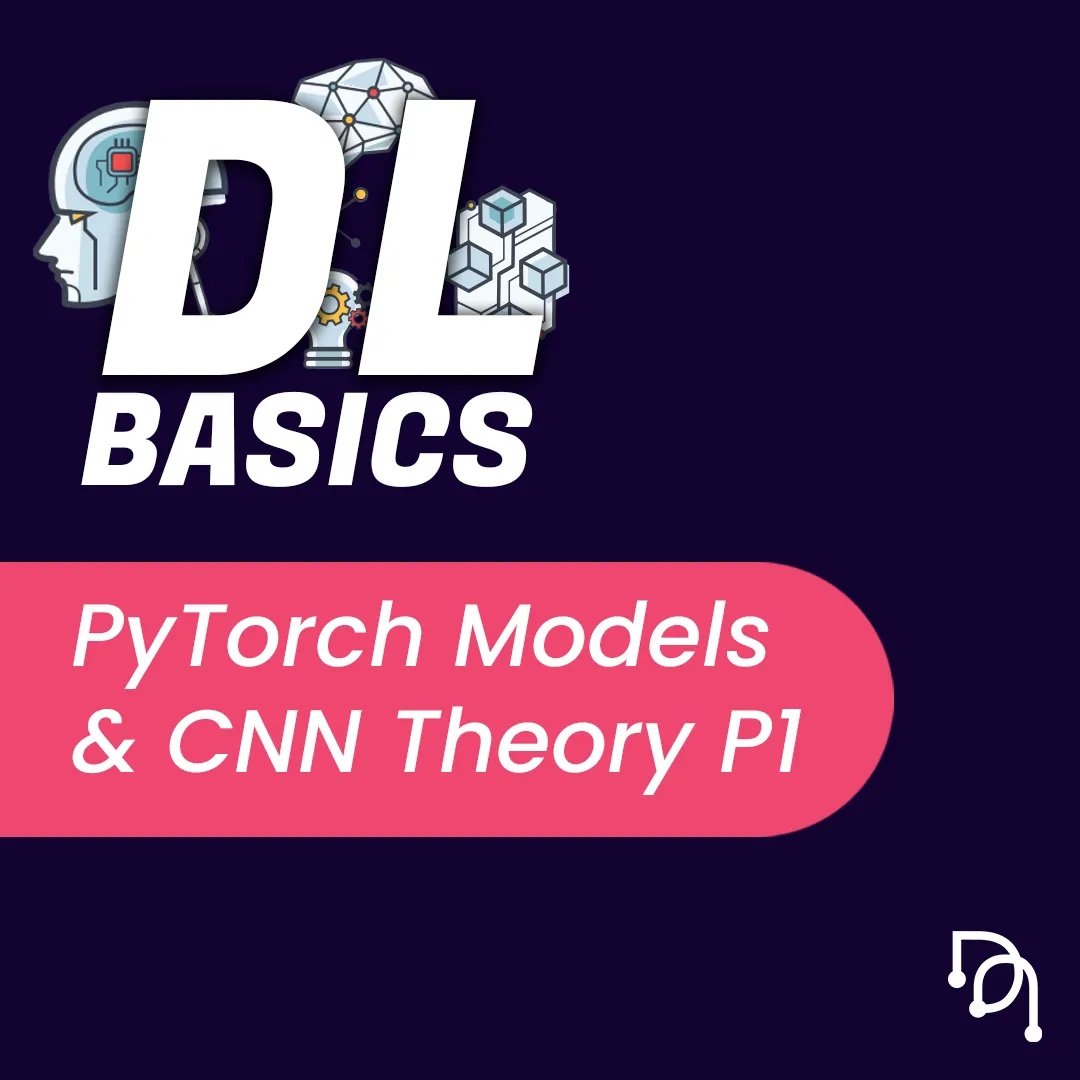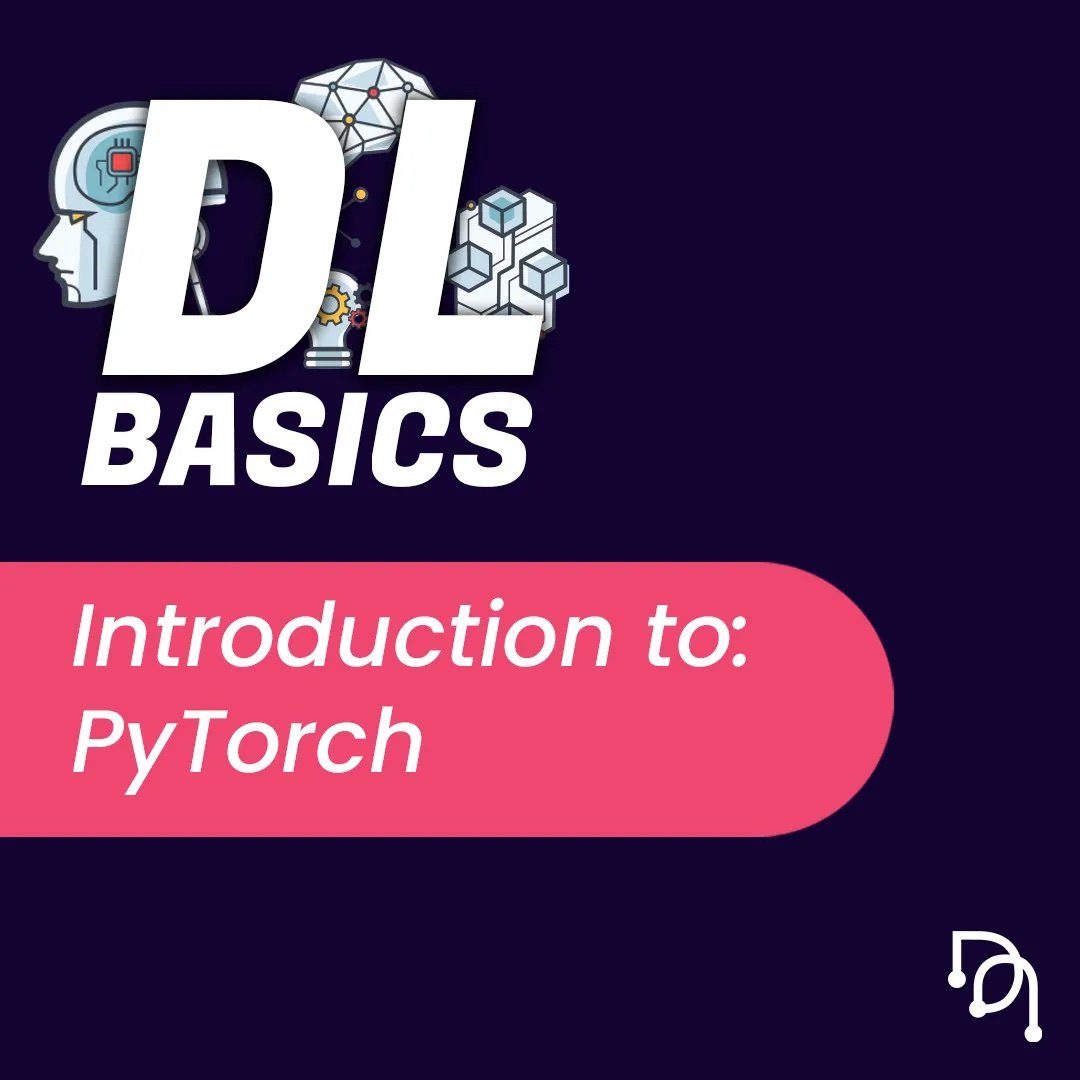MONASH DEEPNEURON
✦
MONASH DEEPNEURON ✦
Blogs.
Generating Abstract Artwork with Python
In this project we investigated, researched and created a portfolio of generative, abstract artwork using GANs (generative adversarial networks), a deep learning technique, with Python and PyTorch.
Unlocking the secrets of great earthquakes with deep learning
Great Earthquakes, with magnitude ≥ 8.0, can unleash forces equivalent to detonating several trillion kilograms of explosives, with impacts on societies and economies that can be felt for decades.
Japan’s magnitude-9.0 earthquake in 2011 was followed by a huge tsunami and triggered the Fukushima nuclear meltdown.
English to Assyrian/Syriac Translation Model
Natural language processing is an exciting area that has been making many advances in recent times, such as GPT3 and BERT. These models are widely used in the industry to run all types of applications, such as speech recognition, machine translation, algorithm trading and even code generation.
2nd place in the SC21 Indy Student Cluster Competition!
Six Monash University students have taken 2nd prize in the SuperComputing 2021 Indy Student Cluster Competition (IndySCC).
How to get started with a Deep Learning Project
Hello and welcome to the Monash DeepNeuron project walkthrough! If you haven’t already checked out our previous blogs on Introduction to Deep Learning, I highly recommend you check those out and get familiar with the concepts before proceeding.
PyTorch Models and CNN Theory Part 2
In workshop 2 of this series, we introduced PyTorch, and showed you how to create datasets, data loaders, and bind it all together into a training and validation loop. In that article we were using pre-trained models which we fine-tuned with our own dataset to try and get better results.
PyTorch Models and CNN Theory — Part 1
In workshop 2 of this series, we introduced PyTorch, and showed you how to create datasets, data loaders, and bind it all together into a training and validation loop. Now, we want to extend the power of our models by introducing CNNs to recognise patterns in visual data.
Introduction to Deep Learning: Our First Blog
Perceptrons, Datasets, and Neural Nets, if you think you’ve stumbled across a biology article you have been mistaken. We’re going to run through the fundamental principles of deep learning at a very high level to give you a smooth introduction to the field, without the mathematical baggage that comes with it.









